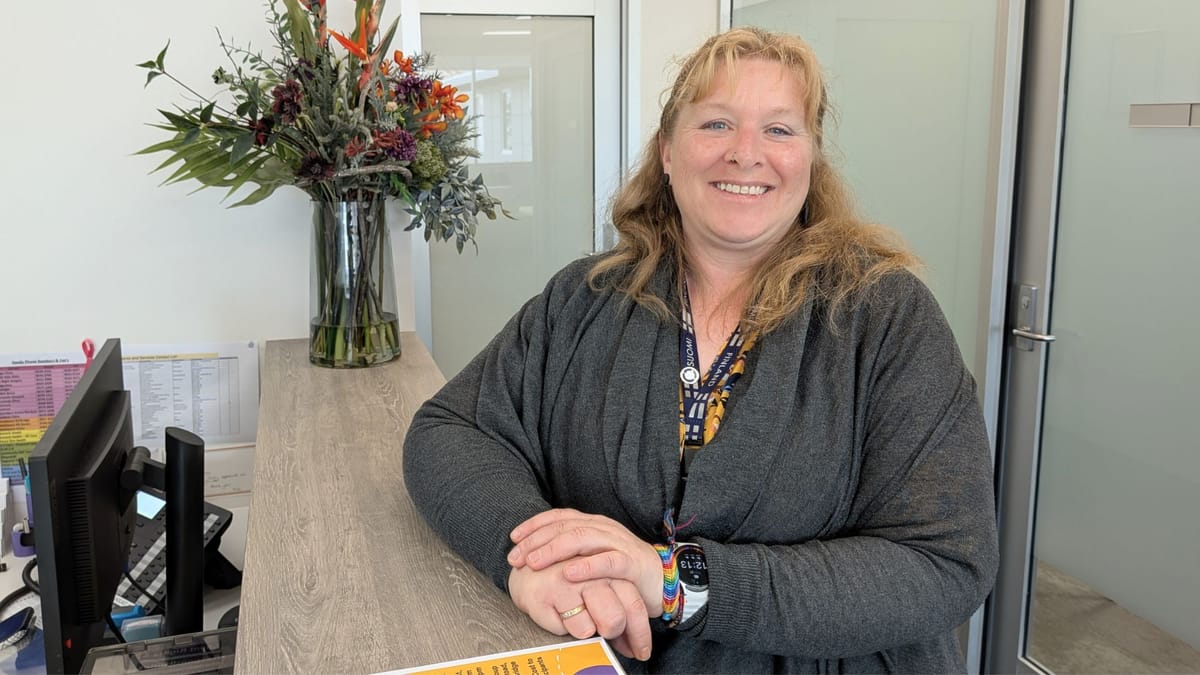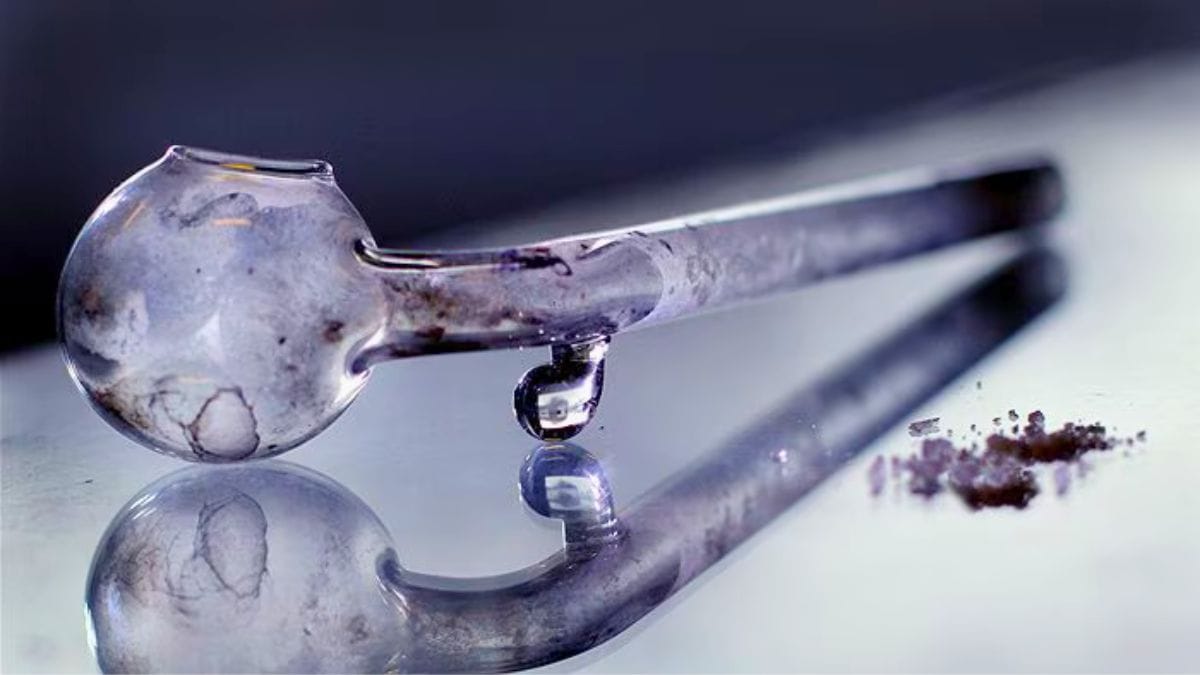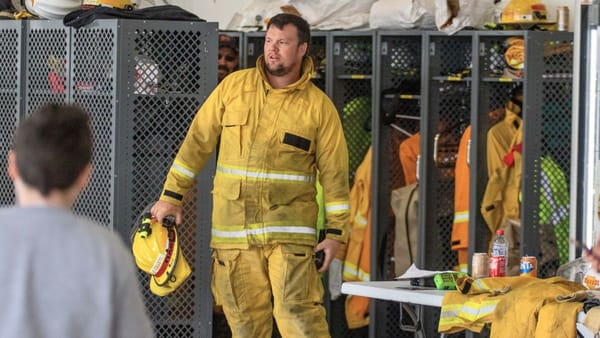Not just meth, and not just Murray Bridge: Drug use is a problem everywhere
A counselling service provider has confirmed what wastewater testing suggests: illicit and legal drugs are an issue all over regional Australia.

This story is now free to read. Help Murray Bridge News tell more stories like this by subscribing today.
Methamphetamine use remains a problem all over regional Australia, a national wastewater survey has shown – not just in Murray Bridge.
Use of the dangerous and illegal drug has increased over the past year across three sites which were tested in regional South Australia, according to the survey; and meth use is higher in regional SA than many other parts of the country.
Murray Bridge News understands that Murray Bridge is one of the testing sites.
In any case, meth use is certainly a problem in our region, according to one local service provider.
As the clinical lead at an organisation which provides drug and alcohol counselling services, Lisa Courtney has seen hundreds of local people work through some of the biggest challenges of their lives.
Her organisation, iReach, offers a range of individual and group-based support programs to people who want to address their substance use.
She suggested meth, also known as ice, was one of three substances which posed the biggest problem in the region.
However, the problem was no worse here than elsewhere, she said.
“A few years ago (Flinders University) did a study … and I think they found that even though we’re the ‘meth capital’, it wasn’t that drastically different to other areas,” she said.
“But at the end of the day … any use is unhelpful to people.”
The other substances which caused problems locally were alcohol – which was the main substance of concern for about 40% of client referrals – and cannabis.
“Meth has additional consequences to its use … (but) alcohol has a lot of similar consequences,” she said.
“People that use alcohol can have some pretty chaotic lives and ruptured relationships, but we normalise alcohol as a society, we consider alcohol to be acceptable.
“If you use meth a bit, people automatically see it as a problem.
“But with alcohol, most people only think that alcohol’s a problem if you are drinking every day, down and out, in the gutter.
“Statistically, I think that alcohol is the drug that is of most harm.”
However, Murray Bridge is far from the only community where drug use is a problem.

Australia’s meth, cocaine, MDMA and heroin consumption is up by 34 per cent
Australians consumed 34 per cent more methylamphetamine, cocaine, heroin and MDMA in 2024 compared to 2023, according to the National Wastewater Drug Monitoring Program.
The program’s latest annual survey showed Australians consumed 22.2 tonnes of the four drugs between August 2023 and 2024.
The combined drugs had an estimated street value of $11.5 billion, with meth accounting for $8.9 billion, or 78%.
The annual survey covered 57% of the country and monitored for:
- methylamphetamine
- amphetamine
- cocaine
- 3,4-methylenedioxymethylamphetamine (MDMA)
- 3,4-methylenedioxyamphetamine (MDA)
- heroin
- cannabis
- oxycodone
- fentanyl
- nicotine
- alcohol
- ketamine
Alcohol and nicotine remained the most consumed lawful drugs in the latest findings.
While alcohol consumption had increased, nicotine consumption has decreased.
Cannabis also remained the most consumed illicit drug, with higher consumption in regional areas compared to capital cities.
Capital cities had higher average consumption of cocaine, MDMA, heroin and ketamine than regional areas.
Organised crime has re-established post-COVID
Australian Criminal Intelligence Commission CEO Heather Cook said serious and organised crime remained an enduring threat to Australia’s national security and safety.
“This increase reflects, in part, the recovery of these illicit drug markets following the impact of COVID-19 restrictions,” she said.
“Transnational and domestic serious and organised crime groups have rapidly re-established and expanded their operations, taking advantage of increased demand and evolving trafficking methods to supply these highly profitable markets.”
Cocaine had the highest increase in consumption at 69%, followed by MDMA at 49%, meth at 21% and heroin at 14%.
“The 2.2-tonne increase in national meth consumption is concerning because 12.8 tonnes is the highest annual level recorded by the program and the drug causes significant community harm,” Ms Cook said.
“Similarly, there has been a large increase in national cocaine consumption, also to the highest annual level recorded by our wastewater program.”
Heroin also had the highest annual level of consumption.
NT, WA have high meth use
Drug consumption has increased across all states and territories.
According to the report, the Northern Territory had seen the highest increase in meth, cocaine and MDMA consumption, while Tasmania had the highest increase in heroin use.
In regional Western Australia, consumption of methamphetamine is at an all time high, while in Perth it was at levels not seen since 2016.
Ketamine consumption in Perth was also at the highest it had been since early 2021.
ACIC data modelling suggested the increases in drug consumption for meth, cocaine and MDMA were likely to continue to 2027, though most likely not at the same rate seen last year.
It also suggested heroin consumption was unlikely to change significantly in the next two years.
Help is available
The good news, Ms Courtney said, was that help was available, whether drug users referred themselves to a support service or whether concerned friends or family members reached out first.
“Addiction is a medical illness, but it comes from people finding ways to cope with distress that they don’t have any other tools to cope with,” she said.
“It’s a symptom, in a way, of that distress.
“So what our program aims to address is not just abstinence (from drug use), but finding other ways of coping and dealing and processing distress and trauma.”
- Get help: Talk to your GP; call the Alcohol and Drug Information Service on 1300 131 340; or contact iReach, Life Without Barriers, Mission Australia for users between the ages of 10 and 24, or Family Drug Support Australia for families of users.
Supplied material courtesy of the Australian Local News Resilience Project, involving the ABC, Deakin and Griffith universities.






